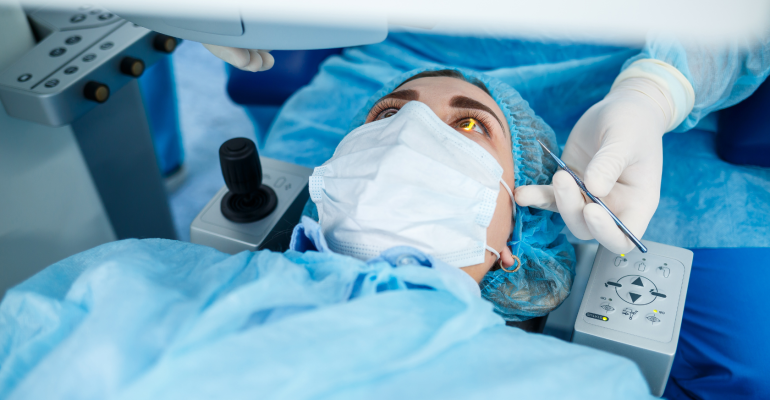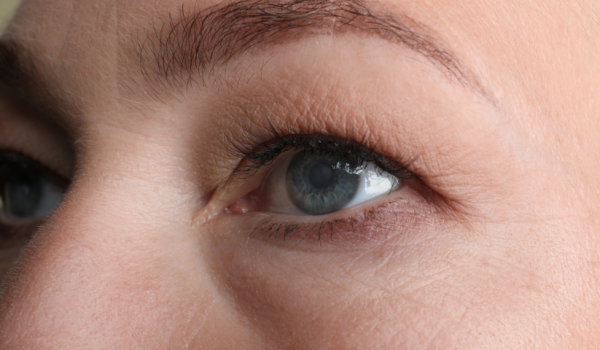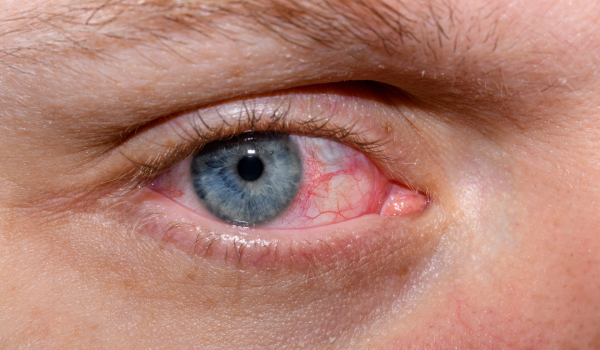You may have heard the name. Or perhaps even seen some images in a waiting room. But what exactly is it? Keratoconus may not be particularly famous, but it affects a surprisingly large number of people: about one in every 1500 (or one in every 450 amongst certain groups). So what’s going on with this particular disorder? And if you have developed it, what happens next?
Here’s everything you need to know…
What is keratoconus?
The name comes from the Greek word keras (meaning cornea) and the Latin word conus (meaning cone). This is a good description. In keratoconus the cornea (the transparent layer at the very front of the eye) becomes weaker and thinner. This causes it to change shape – to bulge outwards like a cone.
What effect does this have?
It distorts the way light enters the eye, which leads to a number of problems. Vision may blur, especially at distance. The eyes may become sensitive to bright lights, especially at night as the pupils dilate. Light sources may become streaky or haloed. Some patients also develop double vision, and ghosting of images is very common.
Can keratoconus cause blindness?
Keratoconus doesn’t cause complete blindness. But it can become progressively worse over time, even to the point of legal blindness (essentially, visual impairment that requires special assistance), which is why early detection and ongoing treatment are so important (see below).
What causes it in the first place?
Biologically, keratoconus is thought to be caused by low levels of antioxidant molecules, which neutralise toxins in the eyes. Fewer antioxidants means less protection for collagen fibres in the cornea, so the fibres weaken. But what causes that to happen? We don’t know for sure, but genetics probably plays a part; keratoconus may run in families and is quite strongly linked to allergic diseases such as asthma, eczema and hay fever.
Who gets keratoconus?
It is most common in younger people, usually starting in the early teens or twenties and progressing until the thirties; so it often affects people just as they are tackling life’s key rites of passage: learning to drive, for example, or taking exams and looking for a first job (some professions, like the armed forces, exclude applicants if they have poor eyesight). But keratoconus can develop in childhood – and, in rare cases, from the age of 40 or later.
Does anything make it worse?
Rubbing the eyes is a key thing to avoid. Since the cornea is flexible, rubbing is thought to break down cross links – which increases instability. Rubbing can also increase the risk of infection (to an already-weakened cornea) and of introducing particles into the eye. As mentioned above, there also appears to be a strong link between keratoconus and common allergic conditions like eczema, asthma and hay fever.
How would I know if I have keratoconus?
The first signs will be some of the ones above, including blurred vision and sensitivity to lights. But we can diagnose it quickly with an eye test at the clinic. A slit lamp biomicroscope and elevation-based topography allow us to detect early-stage keratoconus and track changes in the cornea.
What happens next?
This depends on your own personal case. In the early stages we’ll use regular assessments to keep a close watch on changes in your eyes. We may recommend spectacles, moving to contact lenses (first soft, then rigid) as the condition progresses. But these don’t ‘cure’ keratoconus. If it continues to worsen, we will look at other treatment options.
What other treatment options are there?
One is a corneal transplant, where the damaged cornea is removed and replaced with healthy donor tissue. This does correct vision problems, but healing and a return to good vision can be slow; long-term eye drops will be needed. In recent years, however, a new treatment has become available for patients with mild to moderate, progressive keratoconus. Corneal Collagen Cross-Linkage (CXL for short) uses riboflavin (vitamin B2) drops and a small dose of UV light to increase the number of fibrous cross links, resulting in a strengthened cornea.
CXL is also the only medical treatment that can stop keratoconus from progressing. But CXL is just one option. Other treatments include T-CAT laser treatment and intracorneal rings (ICR) – devices called INTACS are specifically designed to improve vision. We’ll look into these in more detail in a future blog, but you can get a bit more info on my site.
The bottom line? If you’re concerned that you or someone you know has keratoconus, please do get in touch. We can arrange a comprehensive eye test and get a swift diagnosis. Get in touch with us here to make an appointment.
Medical Disclaimer
This article is for information purposes only and should not be considered medical advice. If you or any other person has a medical concern, you should consult with your health care provider or seek other professional medical treatment. Never disregard professional medical advice or delay in seeking it because of something that you have read on this blog, website or in any linked materials.







